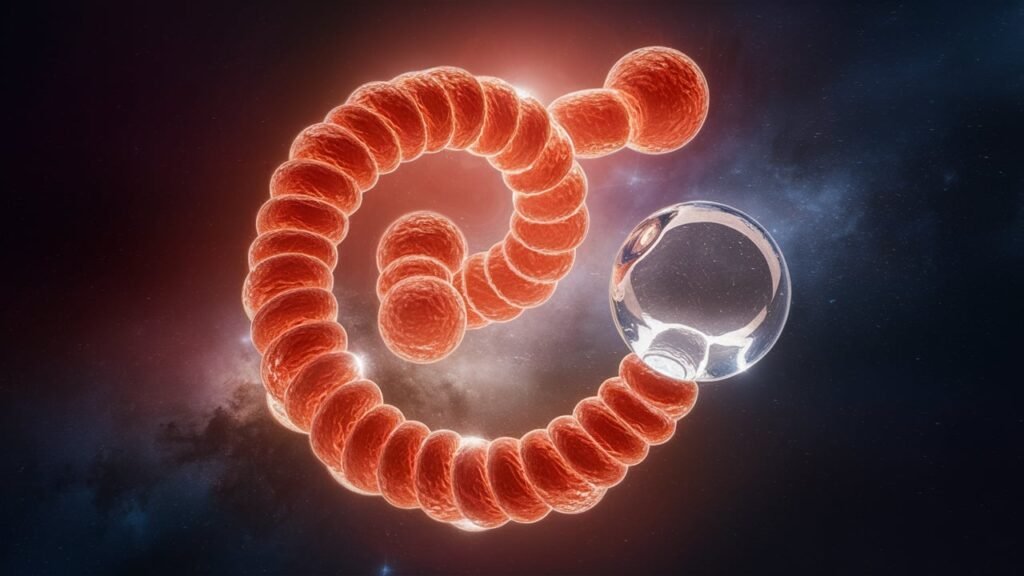Exploring the Chemistry of HCOOCH2H2O: Structure, Properties, and Applications

Introduction
The molecular structure HCOOCH2H2O represents a combination of functional groups that hold significance in various chemical reactions and applications. At first glance, it appears to be a simple compound with a carboxyl group (COO), an ester group (OCH2), and water (H2O), but it is these very components that make it intriguing to researchers in fields such as organic chemistry, biochemistry, and environmental science. In this article, we will delve deeper into the molecular structure of HCOOCH2H2O, analyze its properties, discuss its potential uses, and consider its importance in both laboratory and industrial settings. We will explore its formation, behavior, and potential in several scientific domains. To better understand this compound, we will first break down the individual components and their roles before examining how they come together to form a cohesive molecular entity.
1. Understanding the Molecular Structure of HCOOCH2H2O
The chemical formula HCOOCH2H2O can be broken down into three key components: HCOO, CH2, and H2O. Each of these components has distinct characteristics that play a significant role in the properties of the molecule.
- HCOO (Formate): The HCOO group is known as the formate ion, a functional group composed of a carboxyl group (–COOH) where the hydrogen atom has replaced the hydroxyl group. This makes it the conjugate base of formic acid (HCOOH). The formate group is reactive and can participate in several chemical reactions such as esterification and reduction reactions.
- CH2 (Methylene group): The CH2 group in the molecule is a methylene group, which is a part of the ester linkage between the formate group and the water molecule. This simple group consists of a carbon atom bonded to two hydrogen atoms and serves as a bridge between the formate and water components, contributing to the stability and reactivity of the overall molecule.
- H2O (Water): Water plays a critical role in this structure, acting as a solvent or even participating in certain reactions. In many organic reactions, water molecules serve as the medium for hydrolysis reactions or can act as a source of protons for acid-base reactions.
Together, these three components form a molecule with interesting chemical behavior and potential utility in both industrial and biological contexts.
2. Chemical Properties of HCOOCH2H2O
The chemical properties of HCOOCH2H2O arise from the interactions between the formate group, the methylene group, and the water molecule. These interactions give the molecule unique characteristics that can be explored for different applications.
- Acidity and Basicity: The formate group, as the conjugate base of formic acid, imparts weak acidic properties to the molecule. When placed in a solvent or reaction environment, the molecule can donate protons or engage in acid-base reactions depending on the pH of the surrounding medium. On the other hand, the methylene group, with its sp3 hybridization, is relatively non-basic, but its ability to engage in esterification or hydrolysis reactions makes it a versatile participant in organic reactions.

- Hydrolysis: The presence of a methylene group linked to the formate group means that HCOOCH2H2O can undergo hydrolysis when placed in water, potentially breaking down into formic acid and methanol. This reaction is of particular interest in organic synthesis and biochemistry, where hydrolysis is a common process.
- Reactivity in Organic Synthesis: In esterification reactions, where alcohols react with acids to form esters, HCOOCH2H2O can participate by acting as a precursor or an intermediate. Additionally, due to the formate and methylene linkages, the compound might be involved in nucleophilic substitution reactions, where the water molecule could be replaced by another nucleophile.
3. Formation and Synthesis of HCOOCH2H2O
The synthesis of HCOOCH2H2O is a straightforward process that often involves the esterification of formic acid with methanol in the presence of a catalyst. Typically, sulfuric acid is used as the catalyst to facilitate the reaction. The reaction is represented as follows:
HCOOH+CH3OH→H2SO4HCOOCH2OH\text{HCOOH} + \text{CH3OH} \xrightarrow{\text{H}_2\text{SO}_4} \text{HCOOCH2OH}
In this reaction, formic acid (HCOOH) reacts with methanol (CH3OH) to form methyl formate (HCOOCH3), which then undergoes hydrolysis in the presence of water to yield the final compound, HCOOCH2H2O.
This synthesis method provides a useful route for producing formate esters and their derivatives, which can then be utilized in various chemical processes. The reaction conditions can be adjusted based on the desired outcome, whether to favor ester formation or to optimize the yield of the hydrolyzed product.
4. Applications in Industry and Environmental Science
HCOOCH2H2O, through its molecular components, has potential applications in several industries and scientific fields. Its behavior as an ester and its interaction with water make it valuable for a wide range of processes.
- Organic Synthesis and Catalysis: As a precursor in organic synthesis, HCOOCH2H2O can be employed in the preparation of various formate esters and derivatives. These derivatives can then be used as solvents, flavoring agents, or chemical intermediates. Additionally, the compound may be used in catalytic reactions, where it can serve as a reactant or intermediate in processes like esterification or polymerization.
- Environmental Chemistry: In environmental science, the hydrolysis of formate esters like HCOOCH2H2O can be significant in the breakdown of pollutants. Water-driven reactions may aid in the degradation of certain organic pollutants, particularly those containing ester linkages. Furthermore, formate compounds can serve as biodegradable alternatives to more toxic industrial chemicals, making them environmentally friendly options in a variety of processes.
- Agricultural Chemicals: The ester group in HCOOCH2H2O may also have applications in agriculture, where it could be used in the synthesis of pesticides, herbicides, or fungicides. Its relatively simple molecular structure allows for ease of modification, making it a promising candidate for developing novel agricultural chemicals.
5. Biochemical Significance and Toxicity Considerations
In biological systems, formate esters like HCOOCH2H2O are often involved in metabolic processes, such as in the breakdown of formic acid. Formic acid, a simple organic acid, can be metabolized in the body, particularly in microorganisms, where it may serve as an intermediate in the process of energy production.
- Metabolism of Formic Acid: The formate group in HCOOCH2H2O can be metabolized in living organisms, particularly in microbes that utilize formic acid in their metabolic pathways. The ester can be hydrolyzed in biological systems, releasing formic acid, which is then further processed in biochemical reactions.
- Toxicity Concerns: Despite its potential benefits, formate esters, including HCOOCH2H2O, can pose toxicity risks if ingested or improperly handled. Formic acid, which can be released during hydrolysis, is known to be toxic to humans and animals, potentially leading to metabolic acidosis. It is essential to handle these compounds with care in laboratory and industrial settings.

6. Conclusion
The chemical formula HCOOCH2H2O, which consists of a formate group, a methylene linkage, and a water molecule, represents a compound with considerable chemical potential. From its basic structure to its reactivity and possible applications in synthesis, industrial processes, and environmental science, this molecule exemplifies how simple organic compounds can play crucial roles in various fields. Its ability to participate in esterification, hydrolysis, and catalytic reactions makes it a versatile substance for both laboratory research and industrial applications. However, as with many organic compounds, toxicity concerns must be taken into account when handling or using formate-based chemicals. Understanding the properties, applications, and safety measures associated with HCOOCH2H2O is critical for maximizing its potential benefits while minimizing associated risks.
FAQ
Q1: What is the molecular structure of HCOOCH2H2O?
A1: HCOOCH2H2O consists of a formate group (HCOO), a methylene group (CH2), and a water molecule (H2O). It can be viewed as an ester of formic acid and methanol, with water playing a role in the hydrolysis process.
Q2: How is HCOOCH2H2O synthesized?
A2: HCOOCH2H2O is typically synthesized through esterification of formic acid with methanol in the presence of a catalyst, followed by hydrolysis to produce the final compound.
Q3: What are the potential applications of HCOOCH2H2O?
A3: HCOOCH2H2O has applications in organic synthesis, environmental chemistry, agriculture, and as a biodegradable chemical alternative. It may also be useful in catalyst-driven reactions and pollutant degradation processes.
Q4: Is HCOOCH2H2O toxic?
A4: Yes, HCOOCH2H2O can be toxic due to the formic acid it releases upon hydrolysis. It is essential to handle this compound with care to avoid harmful exposure.
Q5: What are the environmental benefits of HCOOCH2H2O?
A5: As a biodegradable compound, HCOOCH2H2O offers a potentially safer alternative to more toxic chemicals in industrial and environmental applications. It may help reduce pollution through its involvement in degradation processes.



